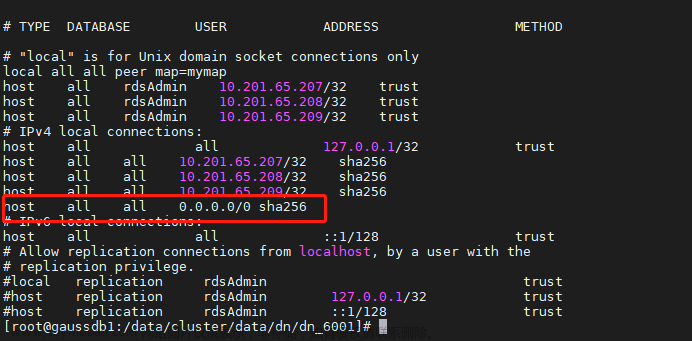linear_velocity and angular_velocity are commonly used concepts in robotics.
linear_velocity refers to the speed of movement in a straight line. It is measured in meters/second (m/s). For a mobile robot, the linear velocity refers to the speed at which the robot as a whole is moving in a straight line.
angular_velocity refers to the speed of rotation, measured in radians/second (rad/s). For a mobile robot, the angular velocity refers to the speed at which the robot is rotating in place.
These two velocities control different motions:
• linear_velocity controls forward/backward and left/right motion. Moving only linear_velocity will cause the robot to move in straight lines.
• angular_velocity controls rotation. Moving only the angular_velocity will cause the robot to spin in place.
By controlling both linear_velocity and angular_velocity, you can get the robot to perform curved paths or any complex motion that combines straight line movement and rotation.
For example:
• Only positive linear_velocity: Robot moves forward
• Only negative linear_velocity: Robot moves backward
• Large positive angular_velocity: Robot spins quickly clockwise
• Zero linear_velocity and negative angular_velocity: Robot spins slowly counter-clockwise in place
• Positive linear_velocity and positive angular_velocity: Robot moves forward while turning to the right
• Etc.
So in summary, for a mobile robot (or really any moving object):
• linear_velocity controls the speed of straight line motion
• angular_velocity controls the speed of rotation
• Combining both allows you to command the robot to perform any arbitrary motion path文章来源地址https://www.toymoban.com/news/detail-423344.html
文章来源:https://www.toymoban.com/news/detail-423344.html
到了这里,关于What are the meaning of linear_velocity and angular_velocity?的文章就介绍完了。如果您还想了解更多内容,请在右上角搜索TOY模板网以前的文章或继续浏览下面的相关文章,希望大家以后多多支持TOY模板网!







